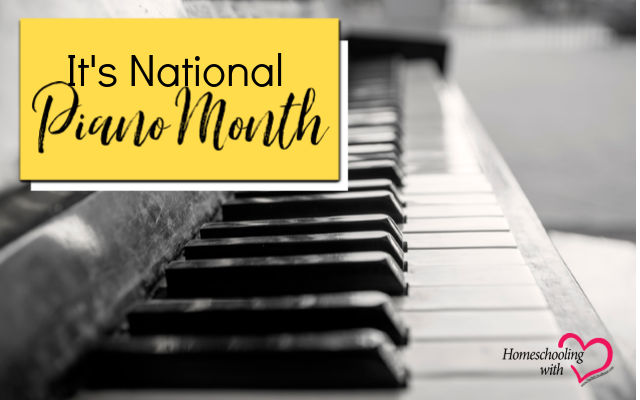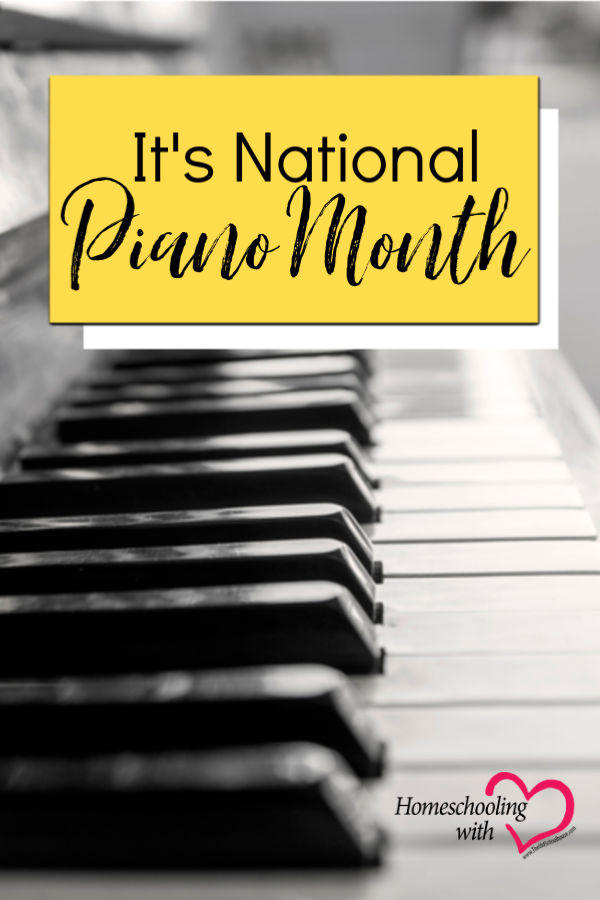It’s National Piano Month


Whether you dabble on the keys in your spare time, spend hours on the bench practicing to become the next virtuoso, teach piano for a living, or simply enjoy listening to the piano, we can all agree – the piano is an amazing instrument. In 1991, the National Piano Foundation declared September to be National Piano Month; and as a piano teacher, I would like to encourage you to learn more about the piano.
Piano Types
Piano experts and enthusiasts are able to identify four basic types of pianos – the Spinet, Console, Studio, and Grande. The Spinet is the smallest of all pianos. Spinet pianos have a large number of working parts and have the characterization as being dropped action pianos. Dropped action refers to the hammer-like striking action to strike the keys. Similar to its relative, the Console piano is closest to the Spinet piano in size. Furthermore, the action needed to play the Spinet piano is also used for the Console piano. Studio pianos are taller than both the Spinet and Console pianos, respectively. The Studio piano also offers a richer tone than the two. However, the Studio piano has a different feel in comparison to a Spinet or Console piano. Finally, Grande pianos are the largest of all pianos. Similar to Studio pianos, Grande pianos are full of rich sounds that are carried carefully within the keys to emit a beautiful sound. Grande pianos are known to be the most beautiful and durable of all four pianos. Notably, when properly cared for, Grande pianos will last generations, making them a timeless heirloom.
Piano History
We give credit to Bartolomeo Cristofori as the inventor of the first piano in Padua, Italy, around 1700. At the time, Cristofori’s employment with Florentine Court of the Grand Prince Ferdinando de Medici put him in charge of a large collection of the Prince’s musical instruments, including his harpsichords. During this time, Cristofori’s interestin stringed-instruments led him to the early development of the piano. Cristofori’s early piano designs were a testament to technological innovations in keyboard instruments of the times. As expected, the piano underwent tremendous changes during the 1790s to the 1860s, leading to the modern form of piano.
Piano Challenge
Try learning to play the piano in celebration of National Piano Month. If you are already a piano student, challenge yourself to learn a new song or consider getting involved in a piano competition.
Welcome to My Happy Homeschool! http://www.myhappyhomeschool.blogspot.com/ My name is Susan Reed and my heart’s desire is to encourage the homeschool mom to live out God’s calling and stay the course.












































